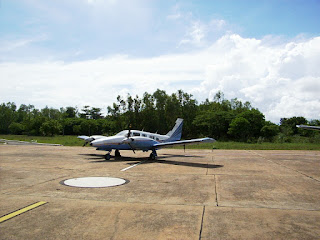DGCA/NEW-MISC/152
AD No.: 2013-0020R1 Date: 26 February 2013 ATA 25 : Equipment & Furnishings – Safety Belts / Torso Restraint Systems – Inspection / Replacement Manufacturers : AmSafe; Anjou Aeronautique (formerly TRW Repa S.A., formerly L'Aiglon); Davis Aircraft Products Co.; Schroth Safety Products GmbH; Pacific Scientific. Applicability : All part numbers of safety belts and torso restraint systems installed on any aircraft where dynamically tested seats are required in accordance with airworthiness requirements like the European Certification Specifications (CS), or JAR/FAR, paragraphs 23.562, 25.562, 27.562 and 29.562, if safety belts and torso restraint systems have been maintained or repaired after 28 September 2003 by maintenance organizations not holding the applicable maintenance data of the relevant approval holders, unless they are marked with European Parts Approval (EPA). Required Action(s) and Compliance Time(s): Required as

